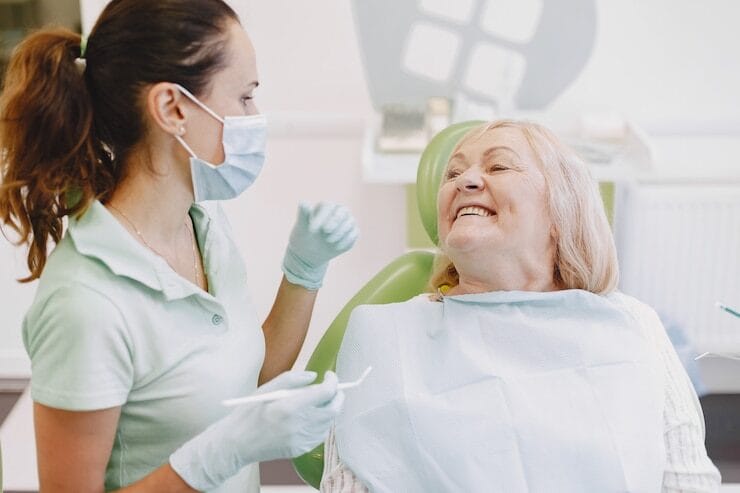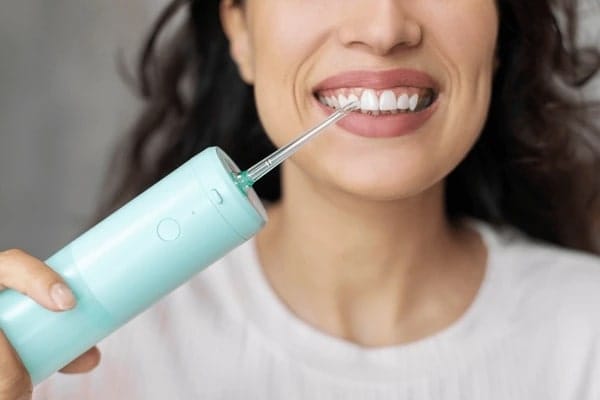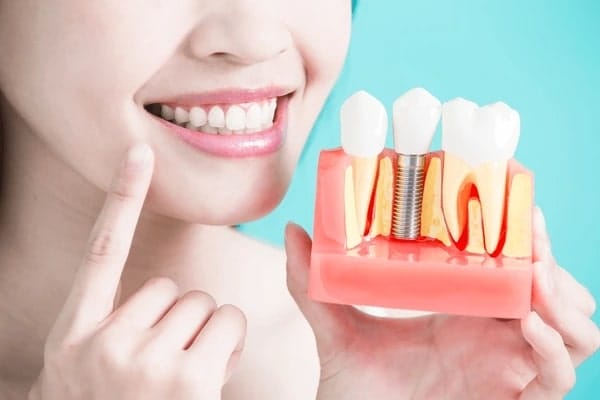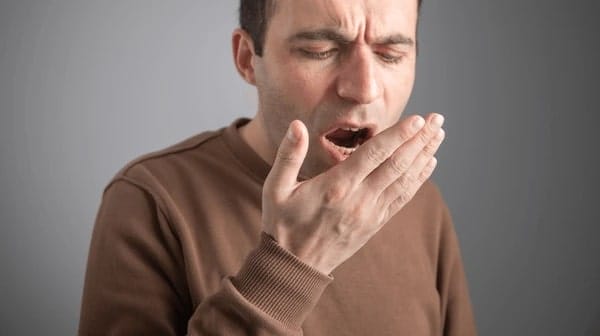Tooth extraction is a common dental procedure, whether it’s for a wisdom tooth, a decayed tooth, or one that is damaged beyond repair. While the procedure itself is relatively simple, the recovery process is crucial to ensure that you heal properly and avoid complications. Proper aftercare can help reduce discomfort, minimise swelling, and speed up recovery. In this article, we will cover the things you should avoid after tooth extraction to ensure a smooth and effective healing process.
What Should You Avoid to Prevent Dry Socket?
Dry socket is one of the most common complications that can occur after a tooth extraction. It happens when the blood clot at the extraction site either dislodges or dissolves before the wound has healed, leaving the bone and nerves exposed. This can lead to intense pain and delayed healing. To prevent dry socket, it’s important to avoid the following:
Smoking and Vaping
Smoking is one of the biggest culprits in causing dry socket. The sucking action while smoking can dislodge the blood clot that is essential for healing. Additionally, the chemicals in cigarettes can reduce blood flow to the area, hindering healing.
- When to Avoid: For at least 72 hours after the extraction.
Drinking Through a Straw
Using a straw creates a suction effect in your mouth, which can also disturb the blood clot at the extraction site. This can lead to dry socket.
- When to Avoid: For the first week after the procedure.
What Activities Should You Avoid to Prevent Complications?
After your tooth extraction, it’s important to avoid certain physical activities to help minimise bleeding and prevent further irritation to the extraction site. These activities include:
Physical Activity
Physical exertion increases your heart rate and blood pressure, which could lead to prolonged bleeding or increased swelling at the extraction site. It is best to rest and avoid any strenuous activity for the first 24 to 48 hours.
- When to Avoid: For at least 2 days after the procedure.
Lying Flat
Lying completely flat can cause blood to pool in the mouth, potentially leading to increased swelling and discomfort. Keeping your head elevated while resting or sleeping helps reduce swelling.
- When to Avoid: For the first 2 to 3 days after extraction.
How Can Your Diet Affect Healing After Tooth Extraction?
Eating the wrong foods can irritate the extraction site, prolong healing, and even increase the risk of infection. It’s important to choose foods that will aid the healing process and avoid those that can cause damage.
Avoid Spicy, Hot, and Hard Foods
Spicy foods can irritate the sensitive area of your gums and the extraction site, while hot foods can increase discomfort. Hard foods can also dislodge the blood clot or put pressure on the site, causing pain or potential complications.
- When to Avoid: For the first few days after extraction.
Carbonated and Alcoholic Beverages
Carbonated beverages can create bubbles in your mouth, which may disturb the healing blood clot. Alcohol can interfere with the healing process and interact negatively with prescribed medications.
- When to Avoid: For at least the first 48 hours.
How Can You Maintain Oral Hygiene Without Disturbing the Healing Site?
While it is important to maintain oral hygiene, you should avoid certain practices that could damage the healing tissue or cause an infection at the extraction site.
Avoid Rinsing Vigorously
While you can rinse your mouth after the procedure, vigorous rinsing can disturb the blood clot and disrupt the healing process. You can rinse gently with warm salt water, but avoid any harsh or strong mouthwashes that could irritate the site.
- When to Avoid: For the first 24 hours post-extraction.
Touching the Extraction Site
It may be tempting to poke around in your mouth with your tongue or fingers, but this can introduce bacteria and lead to infection. It is best to avoid disturbing the area until it has healed fully.
- When to Avoid: Until the site is fully healed.
What to Do If You Experience Increased Pain or Swelling?
Swelling and mild discomfort are normal after a tooth extraction, but if you experience more significant pain, swelling, or bleeding, it could indicate a problem such as an infection or dry socket. You should seek professional care if you notice:
Persistent or Severe Pain
While mild pain is expected, intense or worsening pain could signal a dry socket or an infection. If pain persists beyond a few days or becomes more intense, contact emergency dentist immediately.
Excessive Swelling
Swelling typically peaks 48 hours after the extraction and then begins to subside. If swelling worsens after 2 days or doesn’t start to subside, it could indicate an infection or other complication.
How Long Should You Avoid These Activities?
The length of time you should avoid these activities can vary depending on the complexity of your extraction and how well you’re healing. Below is a general recovery timeline to guide you:
| Day | Action |
| Day 1 | Rest, control bleeding, apply ice packs to reduce swelling. |
| Day 2-3 | Avoid physical activity, continue with pain management, and maintain a soft food diet. |
| Day 4-7 | Begin gentle rinsing with salt water, avoid sucking and touching the site. |
| Week 2 | Most swelling should subside, and follow-up appointments may occur. |
| Month 1 | Full healing occurs, but continue avoiding hard or crunchy foods until the site is fully healed. |
What Should You Know About the Healing Process?
The healing process after a tooth extraction involves several stages, and it’s important to follow aftercare instructions carefully to ensure that you heal properly.
The Blood Clot Formation
After your tooth is removed, a blood clot forms in the socket to protect the bone and nerves while the tissue heals. This clot is essential for the healing process, and disrupting it can lead to dry socket.
Tissue Healing
As the clot remains in place, the tissue around the extraction site begins to heal. This process usually takes a few weeks, during which time it is essential to avoid any actions that could slow healing.
Bone Healing
The bone underneath the gum will also begin to heal, but this process can take several months. During this time, it is important to avoid disturbing the area to allow the bone to regenerate.
Why is It Important to Follow These Guidelines?
By following these guidelines, you can prevent common complications such as dry socket, infection, or prolonged healing times. Ensuring proper aftercare will help you recover faster, experience less discomfort, and avoid the need for additional dental treatments.
At Palm Beach Dental, we understand that tooth extraction can be a stressful experience. Our dedicated team is here to ensure that your recovery goes smoothly and that you have all the information you need to take care of your teeth. If you have any questions or concerns during your recovery, don’t hesitate to contact us. We are always ready to assist you!
Important FAQs
- How soon can I return to work after a tooth extraction?
You can return to work the day after the extraction if you feel up to it. However, if your job involves physical exertion, it’s advisable to take at least two days off.
- Can I drink coffee after a tooth extraction?
It is best to avoid hot drinks, including coffee, for the first few days after your extraction to prevent irritation and discomfort at the extraction site.
- When can I start eating solid food after tooth extraction?
You should stick to soft foods for the first few days, gradually introducing solid foods as the pain and swelling decrease. Avoid hard or crunchy foods for at least one week.
- How can I manage pain after a tooth extraction?
Over-the-counter pain relievers such as ibuprofen or paracetamol are usually sufficient for managing mild pain. Your dentist may prescribe stronger medication if necessary.
- Can I use mouthwash after tooth extraction?
You should avoid using mouthwash for the first 24 hours, as it can irritate the extraction site. After that, you can use a gentle salt water rinse to keep the area clean.
- What should I do if I experience severe pain or swelling?
If you experience significant pain or swelling that doesn’t subside after a few days, contact your dentist immediately as it may indicate a complication such as dry socket or an infection.



